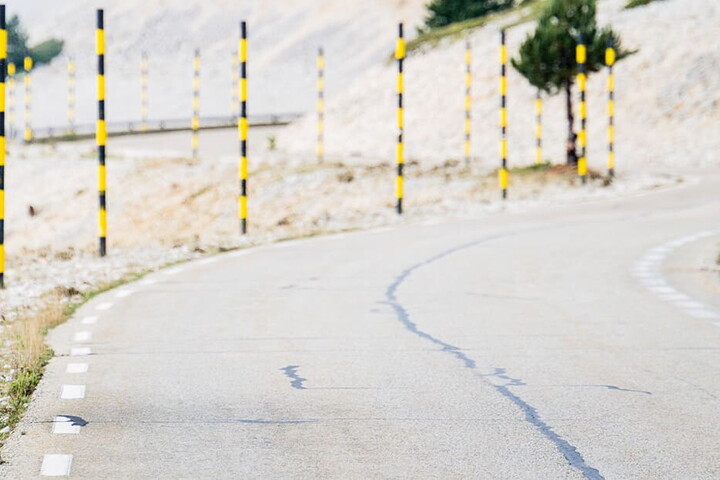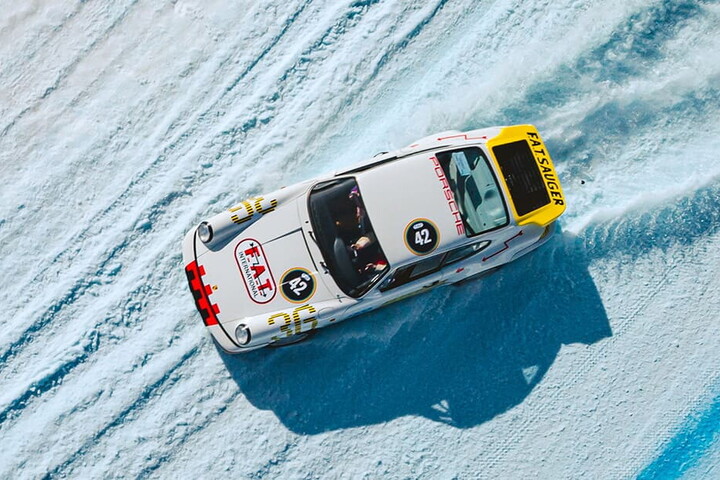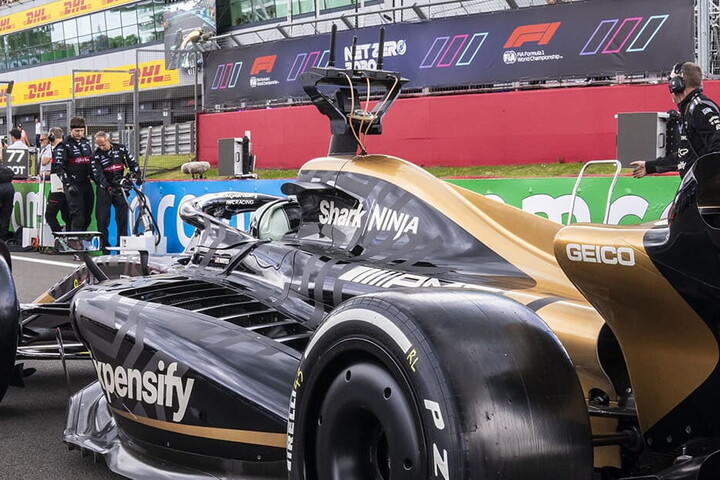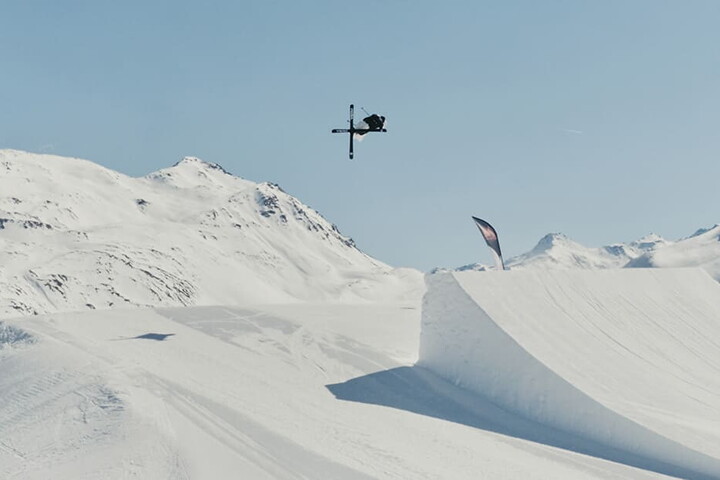Seven circuits, twenty-two kilometres in length, and fifteen types of possible tests: these, in brief, are the characteristics of the Circuito Panamericano in Elias Fausto, a Brazilian municipality in the state of São Paulo. It is Pirelli's most advanced tyre testing facility. Conceived starting in 2012, it was inaugurated in 2020 and since February 2021 has been directed by Camila Maluf, who boasts decades of experience in the motorsport sector. “It's like playing chess: you move forward by moving all the pieces, one square at a time.” That's how Camila describes her role within the Circuit, used not only to test the new tyre prototypes conceived by Pirelli's R&D, but also for events, tests and activities of external parties, who use the spaces of the complex: “The calendar and agenda are my indispensable work tools. The Circuito Panamericano is primarily used by Pirelli to experiment with the technologies that are being studied within the company. But the tracks and our facilities are also available to other players, who use them for their programmes. I have been working here since February 2021 and my first task was to make our line-up known to the outside world: the response was fantastic, in fact, the interest in the track is very high. Playing chess, therefore, means fitting together all these needs, obviously prioritising the company's requirements. The group has fully understood the effectiveness of a "cross-functional" use of this centre, a testament to Pirelli's technological innovation. The opinion of customers after an experience within the Circuit is the measure of our results. And they are positive results.”

Trained in the field of marketing, Camila Maluf knows the Motorsport environment closely and has witnessed its changes, especially regarding the entry and participation of women in the sector, considered by many to be an exclusively male territory. “In Brazil, initiatives to bring women closer to Motorsport are numerous: there are programmes for women engineers, for technical and driver positions, there are not only journalists or photographers as was the case in the past. I have been working in this sector since 2005 and I am very happy to see how over the years, especially in Brazil, the female presence in this area has grown. I hope my own experience at Pirelli can be an inspiration for future generations. I cannot deny the fact that this sector was initially conceived by and for men, but we women are conquering our space: it hasn't been easy, but now, after years in the sector, I can say that what speaks for everyone are skills and results.” Looking to the future, to young women interested in pursuing a career similar to hers, she says: “Fundamental is the ability to do and create networking: it is essential to be there, to be present because opportunities can arise at any time. You must also believe in your passion and always express your opinion, bringing your point of view and your uniqueness to the workplace and in the various professional situations you go through.”

Reflecting on her professional journey, she reveals that she has always been interested in what happened "behind the scenes." Whether it was a race, the launch of a new product, or the prototyping phase of a tyre. "What has always fascinated me is the work backstage, the commitment that lies hidden in the weeks before a big event. I never dreamed, for example, of being a driver: I wanted to understand how it was possible to ensure the best organisation to allow drivers to race successfully and above all safely, which implies a lot of effort behind the scenes - just think of the tyre tests. Dealing with what goes on behind the scenes is what stimulates me.” Of these four years at the Circuito Panamericano, three as Director, she says: “Over time we have identified new working methods, writing numerous white papers that collect our modus operandi. The previous testing facility – located in Sumaré, now no longer in operation – was not open to the market. Here in Elias Fausto we have identified the best strategy to present ourselves to external stakeholders, making known the infrastructures and services we are equipped with and balancing this activity with the corporate initiatives typical of a test field.”
Maluf then draws a parallel between the technological advancements she has seen tested in the field and the participation and growth in terms of careers of women in Motorsport: “This sector has changed rapidly in recent years. The example I give in this regard is related to electric vehicles. These use different materials and components, have consumption and sound characteristics that are not comparable to those of standard cars. The tyres they adopt are therefore different, as are the tests that are carried out in the testing phase. The market has evolved, Pirelli has interpreted this transformation, declining it also within the structures of the Circuito Panamericano. Similarly, the entire sector has embraced diversity, in terms of female presence within it: women engaged in various capacities in this scenario are increasingly numerous. In this too, the company has proven to be at the forefront.”

The challenges that the future holds are many and the objectives that the Circuito Panamericano wants to achieve are set over time. “New tracks for new types of tests, not only for motorbikes or cars. New partnerships and new event formats.” Continuing on to pave the way for all women who want to be part of this sector, making its spaces their own.




